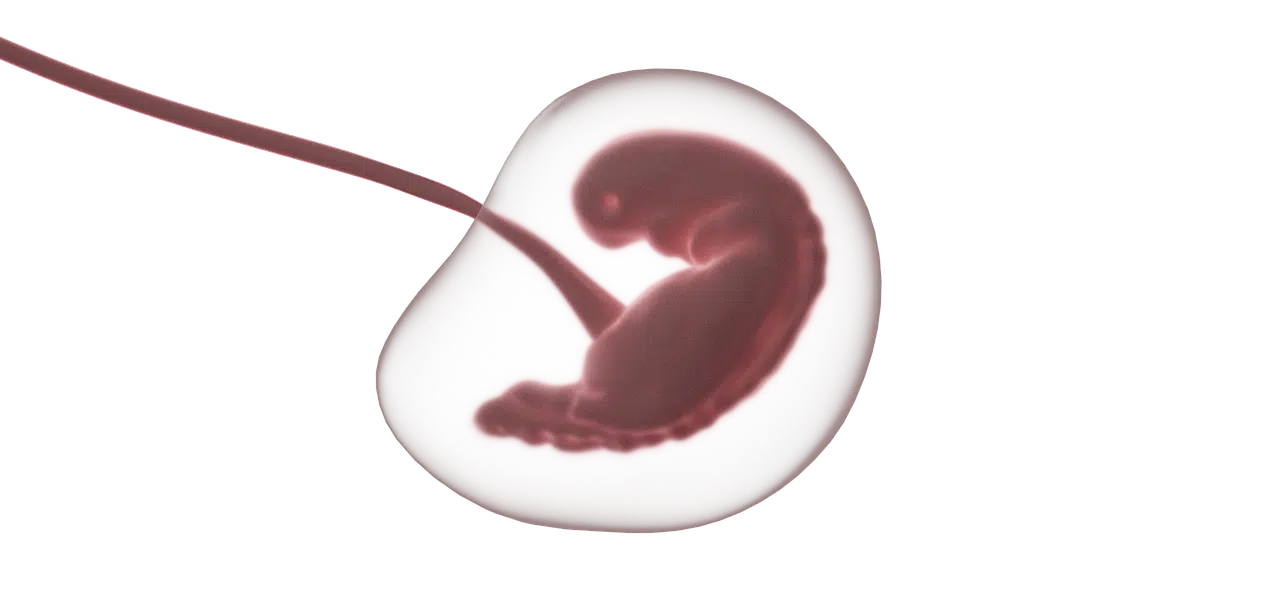
The yolk sac is the bag that contains yolk inside.
The yolk sac is the bag that houses yolk inside and that allows the embryos of certain species to feed in the initial phases of development . It should be noted that a bag is a container, a receptacle or a container that houses something inside. Vitelino , for its part, is an adjective that refers to what is linked to yolk .
We can add that, according to the dictionary prepared by the Royal Spanish Academy ( RAE ), yolk is the group of substances found in the breast of an egg and that allow the embryo to receive nutrients . The yolk is formed, therefore, by different protein substances .
Thanks to the yolk sac, the embryo receives oxygen and nutrients and can discard its waste. In the case of humans , the yolk sac performs the functions of the circulatory system, until internal circulation begins to develop.
Features of the yolk sac
Like other structures, the yolk sac changes as the development of the embryo progresses. At the beginning of gestation, it is the broadest structure; However, around the tenth week of gestation, this sac begins to degenerate due to the increase in the dimensions of the amnion (which is part of the amniotic sac ).
It should be noted that, in the yolk sac, three layers can be recognized: the mesothelial layer (formed by flat-type cells that are interrelated), the mesenchymal layer (a network of vessels that disappears in the seventh week of gestation) and the endothermic layer. (composed of vesicles and ducts).

The yolk sac allows the embryo to feed.
The zygote
A term of great importance in this context is the zygote , also known as the egg or zygote ; It is the cell that results when the female gamete (that is, the egg ) joins with the male gamete (the anterozoid or sperm ) during the sexual reproduction of plants, animals, fungi and certain unicellular eukaryotes. After this union, the nuclei fuse, so that the zygote has two sets of chromosomes, one male and the other female.
The zygote goes through a process known as segmentation , characterized by the production of several consecutive mitosis and the appearance of blastomeres , a mass of embryonic cells. It is worth mentioning that this phenomenon takes place in all animals. Furthermore, in the zygote two poles can be seen: the animal or germinative , where the nucleus resides and all metabolic processes occur; the vegetative , for the accumulation of the substances that are part of the yolk.
The yolk sac and the segmentation of the female gamete
According to the amount of yolk in the yolk sac, the duration of the embryonic process will be different, as well as the segmentation of the female gamete; The latter begins in the aforementioned animal pole and goes down little by little to the vegetative pole. The yolk concentration is determining for the type of segmentation, which can be holobastic or meroblastic .
Holoblastic segmentation is characterized by being:
- Isolecitic : the amount of yolk is scarce and is distributed in equal parts throughout the entire egg, generating a segmentation that can be radial (in amphioxus and echinoderms ), rotational (in nematodes and mammals), bilateral (in tunicates) or spiral (in mollusks, flatworms and annelids).
- Mesolecytic : in amphibians, the yolk is present in moderate proportions and this gives rise to displaced radial segmentation.
On the other hand, meroblastic segmentation is:
- Telolecite : great density of yolk in almost the entire interior of the egg, especially in the area of the vegetative pole. Discoidal segmentation can be seen (in birds, reptiles and fish) or bilateral (in cephalopod mollusks).
- Centrolecitic : the yolk is located in the central part of the egg and the segmentation is superficial, as occurs in almost all insects.
